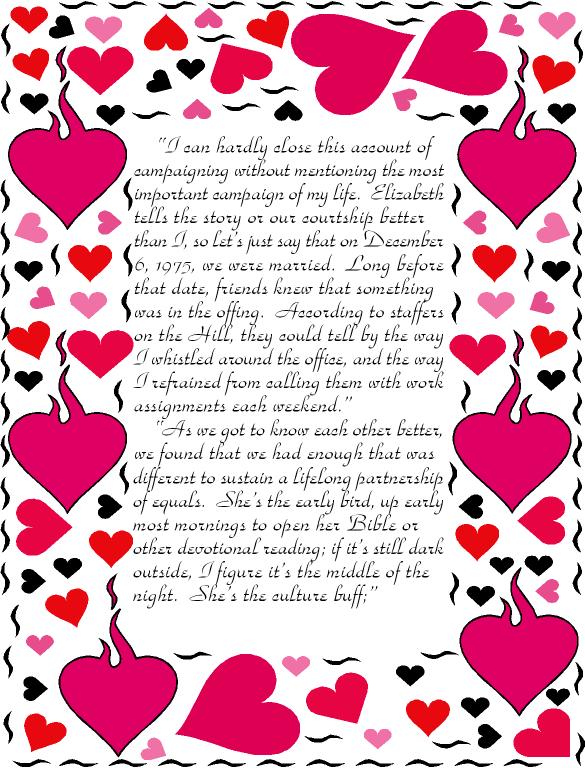|
“When the war ended and the planes returned to earth, most of their construction crews traded in their overalls for more conventional feminine garb. The new working woman of the early 1970s was no Rosie the Riveter. Instead of patriotism, she had internal drives that propelled her into the workforce to excel and wield power. Women who waited longer than their mothers to marry sought the same professional fulfillment as men. And millions more worked out of simple economic necessity. |
|
|
By 1970, more than 23 million American women were employed full time. Eight million more held down part-time jobs. Forty percent of the female workforce was married. A third had children under eighteen at home. Meanwhile, a rising divorce rate was expanding the number of single-headed households, and the vast majority of them were supported by women. What all this added up to was nothing less than a quiet revolution. Notwithstanding all the economic and demographic trends, however, American’s organizational culture remained predominantly male.” ...”when a group of female journalists asked her (Margaret Chase Smith) how she would respond if she ever woke up on morning and found herself in the White House? ‘The first thing I’d do is go straight-away to the President’s wife and apologize,’ she said, ‘Then I’d go home.’ We have come a long way in the years since, but even as a fairly high-ranking woman in the Nixon Administration, I still encountered lingering resentment among those who saw women only as envelope stuffers. Oh, sure, we could type position papers, but having those papers ever reflect our own positions as candidates and office holders was the sort of utopian vision best left to party platform.” |
|


